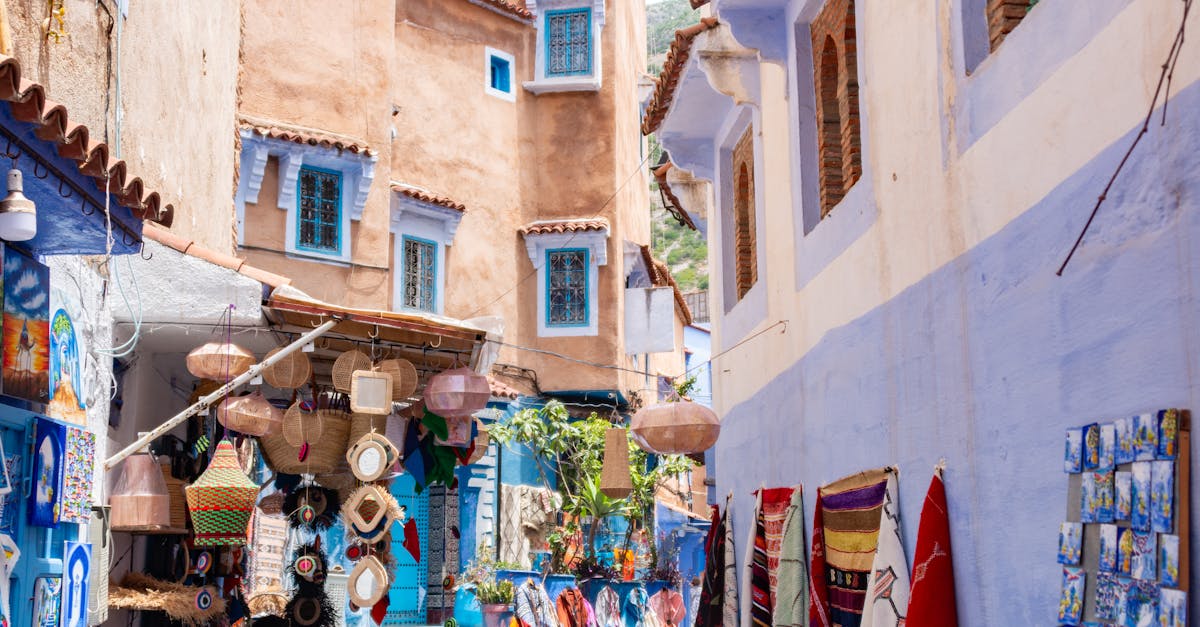
erosion or loss of sand, replenishing the joint material can help preserve the integrity of the pattern. Keeping the area free of weeds will further prevent disruption to the design. Addressing these aspects will ensure that your cobblestone pavers remain both beautiful and functional for years to come.
Cost Implications of Pattern Selection
When selecting a pattern for basalt cobblestone pavers, it’s important to consider the impact on overall project costs. Some patterns require more intricate cutting and fitting, which can lead to increased labour expenses. The complexity of the design may also necessitate additional materials, such as sand or adhesive, further adding to the final bill.
Budgeting effectively is crucial to ensure that your chosen pattern aligns with your financial plan. Simpler designs tend to be more cost-effective while still delivering aesthetic appeal. It is wise to compare the long-term value of various patterns, as investments in quality designs can enhance the resilience and longevity of the pavers, potentially reducing future maintenance costs.
Budgeting for Different Designs
When selecting designs for your basalt cobblestone pavers, it is essential to consider the overall budget. Different patterns can significantly affect both material and installation costs. Simple designs often require less precision and fewer stones, which can translate to savings. Complex patterns may require additional time and expertise during installation, potentially increasing labour costs. It's imperative to factor in the aesthetic value each design brings against the financial outlay.
Additionally, exploring various design options can unveil unexpected expenses. Some patterns may necessitate specific cuts or additional preparations that might not be apparent at first glance. Investing time in planning can help avoid unforeseen costs later. Setting a budget that accommodates both material and installation can help achieve the desired visual impact while maintaining financial oversight throughout the project.Table Of Contents
Comparing Basalt Cobblestone with Other MaterialsTransportation Costs
Basalt cobblestone pavers offer unique advantages that set them apart from other materials typically used for paving. The durability of basalt is one of its most compelling features. Unlike some concrete options that may crack or fade over time, basalt is known for its resilience even in harsh environmental conditions. This stone can withstand extreme weather and heavy foot traffic, making it a reliable choice for both residential and commercial applications.
In comparison, alternatives such as brick or concrete pavers often require more frequent maintenance and replacement. While they may provide aesthetic appeal, their longevity pales in comparison to basalt. Installation costs are also a consideration. With basalt, the initial investment may be higher, but the long-term benefits often outweigh these costs due to reduced need for repairs and replacements. The natural appeal of basalt combined with its strength presents a compelling case for its use over more traditional paving materials.Factors Influencing Delivery Expenses
Advantages Over AlternativesInstallation Requirements
Basalt cobblestone pavers offer unique advantages when compared to other materials. Their natural strength and durability make them resistant to wear and tear, ensuring a long-lasting surface even in high-traffic areas. This resilience reduces the need for frequent replacements, making basalt a cost-effective option over time. Moreover, the unique texture of basalt adds an aesthetic appeal that blends seamlessly with various architectural styles, enhancing the overall look of outdoor spaces.
Choosing to install the pavers as a DIY project can lead to cost savings, yet it necessitates adequate knowledge and experience. Improper installation techniques can result in long-term issues, such as uneven surfaces or structural instability. Homeowners should weigh the potential for savings against the risks associated with a lack of expertise. Adequate preparation, including tools and materials, is essential for a successful finish.
Professional vs. DIY Installation